5 Best Practices for Choosing the Right Poultry Feed Machine for Your Business
Table of Contents
- Understanding Your Poultry Feed Production Needs: Key Considerations
- Identifying the Types of Poultry Feed Machines Available in the Market
- Evaluating Machine Specifications: Capacity, Efficiency, and Durability
- Assessing Budget and Cost-Effectiveness for Your Business
- Researching Manufacturers and Their Reputation in the Industry
- Reviewing Customer Feedback and Case Studies for Informed Decision-Making
- FAQS
- Conclusion
- Related Posts
In the competitive landscape of the poultry industry, selecting the most suitable Poultry Feed Machine is essential for ensuring optimal growth and productivity. With the global poultry feed market projected to reach USD 470 billion by 2027, according to a recent report by Grand View Research, businesses must prioritize their feed processing technology to stay ahead.
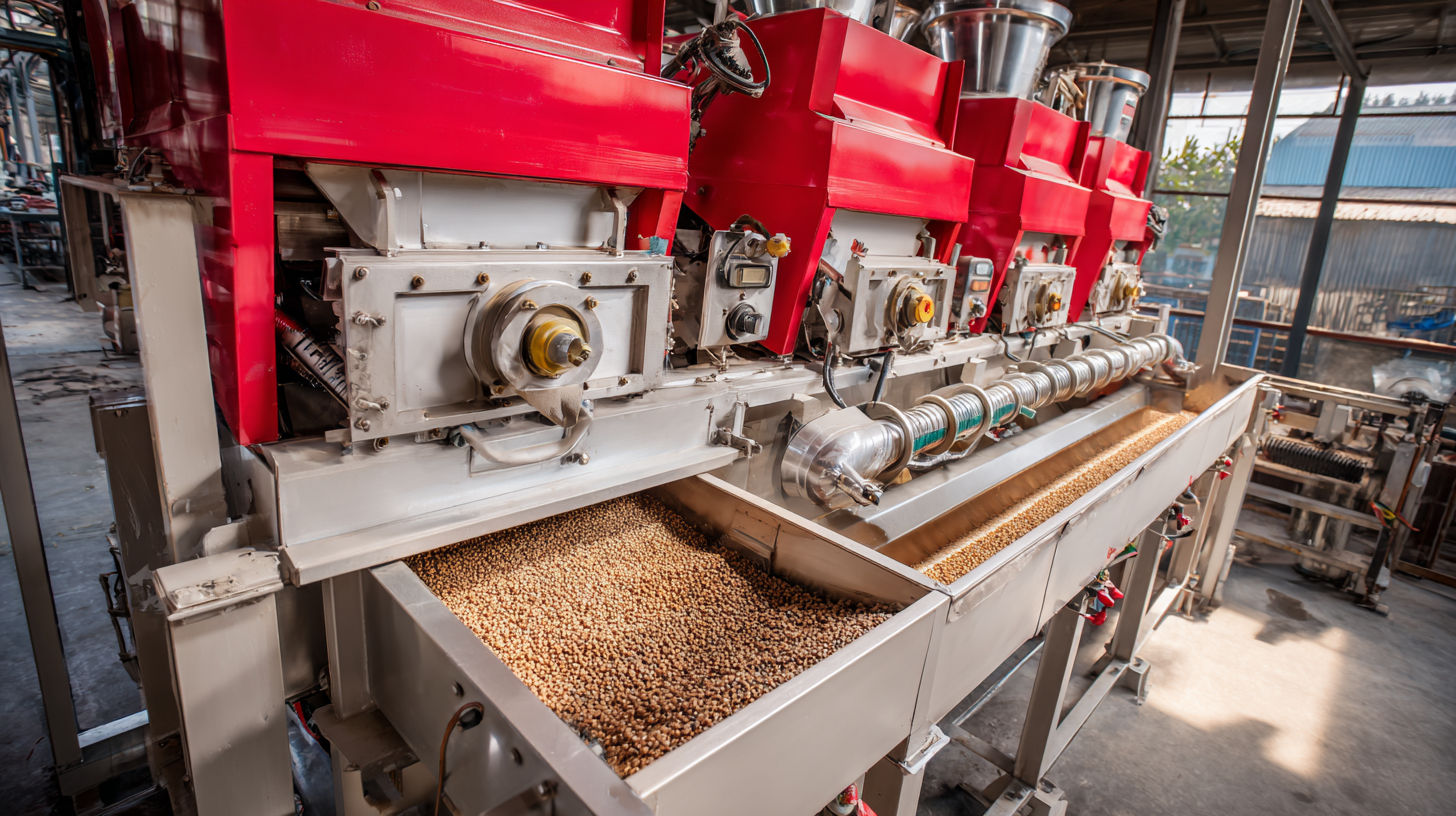 Shanghai Zhengyi Machinery Engineering Technology Manufacturing Co., Ltd., CPSHZY, brings over 25 years of expertise in manufacturing advanced feed processing machinery, including high-efficiency pellet mill dies. As a leading provider of environmental protection systems and solutions for feed plants and aquaculture farms, CPSHZY is committed to delivering innovative technologies that enhance production efficiency while minimizing ecological impact.
Understanding best practices for choosing the right Poultry Feed Machine becomes crucial for operators aiming to optimize feed quality and reduce operational costs in this rapidly evolving sector.
Shanghai Zhengyi Machinery Engineering Technology Manufacturing Co., Ltd., CPSHZY, brings over 25 years of expertise in manufacturing advanced feed processing machinery, including high-efficiency pellet mill dies. As a leading provider of environmental protection systems and solutions for feed plants and aquaculture farms, CPSHZY is committed to delivering innovative technologies that enhance production efficiency while minimizing ecological impact.
Understanding best practices for choosing the right Poultry Feed Machine becomes crucial for operators aiming to optimize feed quality and reduce operational costs in this rapidly evolving sector.
Understanding Your Poultry Feed Production Needs: Key Considerations
When considering the right poultry feed machine for your business, it's essential to start with a clear understanding of your poultry feed production needs. Different poultry operations may require varying types of feed formulations based on the age, weight, and growth stage of the birds. Analyzing the specific nutritional requirements for the type of poultry you are raising—be it chickens, ducks, or turkeys—provides a foundational basis for selecting the appropriate machinery.
Additionally, consider the scale of your production. Whether you are a small-scale farmer or a larger operation, the capacity of the feed machine should align with your production goals. A machine too small may cause delays and inefficiencies, while equipment that is overly large can lead to wasted resources and increased operational costs. Evaluating the expected volume of feed production can help you choose a machine that optimizes efficiency while ensuring the health and growth of your poultry.
Identifying the Types of Poultry Feed Machines Available in the Market
When selecting the ideal poultry feed machine for your business, it's crucial to first understand the various types available in the market. There are generally two main categories of poultry feed machines: batch mixers and continuous mixers. Batch mixers typically handle smaller quantities and provide flexibility for varied feed recipes. They are ideal for small to medium-sized operations that require a diverse feed formulation. On the other hand, continuous mixers are designed for large-scale production, allowing for a more streamlined process and consistent feed quality.
Additionally, within these categories, you can find specific types of machines tailored to different feed processing tasks. For instance, pelleting machines compress feed into pellets, making it easier for poultry to consume and digest. Crumblers are another type that breaks down pellets into smaller pieces, catering to younger birds or those requiring a softer diet. Understanding these types enables you to align your specific needs with the proper equipment, ensuring efficiency and productivity in your poultry business.
5 Best Practices for Choosing the Right Poultry Feed Machine for Your Business - Identifying the Types of Poultry Feed Machines Available in the Market
| Type of Feed Machine | Features | Capacity (kg/h) | Power Consumption (kW) | Price Range ($) |
|---|---|---|---|---|
| Pellet Feed Machine | High efficiency, Produces pellets of various sizes | 500-1000 | 15-30 | 2000-5000 |
| Mixing Feed Machine | Uniform mixing, Ideal for multi-ingredient feeds | 300-800 | 10-20 | 1500-3500 |
| Crushing Feed Machine | High precision, Suitable for grains and mixed feeds | 400-900 | 12-25 | 1000-3000 |
| Steam Conditioning Machine | Improves feed texture, Increases digestibility | 200-500 | 5-15 | 3000-7000 |
| Automatic Feed Machine | Fully automated, Integrated control system | 800-1500 | 20-50 | 5000-10000 |
Evaluating Machine Specifications: Capacity, Efficiency, and Durability
When selecting the right poultry feed machine for your business, evaluating machine specifications is crucial. Key attributes such as capacity, efficiency, and durability can significantly impact your operations. Firstly, consider the capacity of the machine, which should align with your production needs. A machine that can handle your desired volume without frequent downtime will enhance productivity. Pay attention to the feed output per hour and ensure it meets your business demands.
Efficiency is another vital consideration. Machines that operate with higher efficiency not only save time but also reduce energy costs. Look for machines with advanced technology that minimizes waste and optimizes the mixing process. This can lead to better feed quality and improved growth rates in poultry, translating into higher profits for your business.
Durability is essential for long-term investment. A robust design will withstand continuous use and harsh conditions, thus reducing maintenance costs over time. Choose machines made from high-quality materials that ensure longevity. Reading user reviews and consulting with other poultry operators can provide insights into which models excel in durability. Implement these tips to find a poultry feed machine that meets your operational expectations and budget.
Comparison of Poultry Feed Machine Specifications
Assessing Budget and Cost-Effectiveness for Your Business
When selecting the right poultry feed machine for your business, budgeting and cost-effectiveness are crucial factors that can significantly impact your overall operations. It's essential to evaluate your financial capacity and project future costs associated with the machinery. By doing so, you can ensure that you invest in equipment that not only meets your production needs but also aligns with your financial goals.
Tip: Start by determining your budget and assessing how much you can allocate for the feed machine. Consider both the initial purchase price and the long-term operational costs, including maintenance, energy consumption, and potential upgrades. This comprehensive approach can help you avoid unexpected expenses later on.
Tip: Compare different models and brands to find the best value for your investment. Read reviews and seek recommendations from other poultry business owners to identify machines that deliver cost-effectiveness without compromising on quality. A more expensive machine may ultimately be a better investment if it provides greater efficiency and lower operational costs over time.
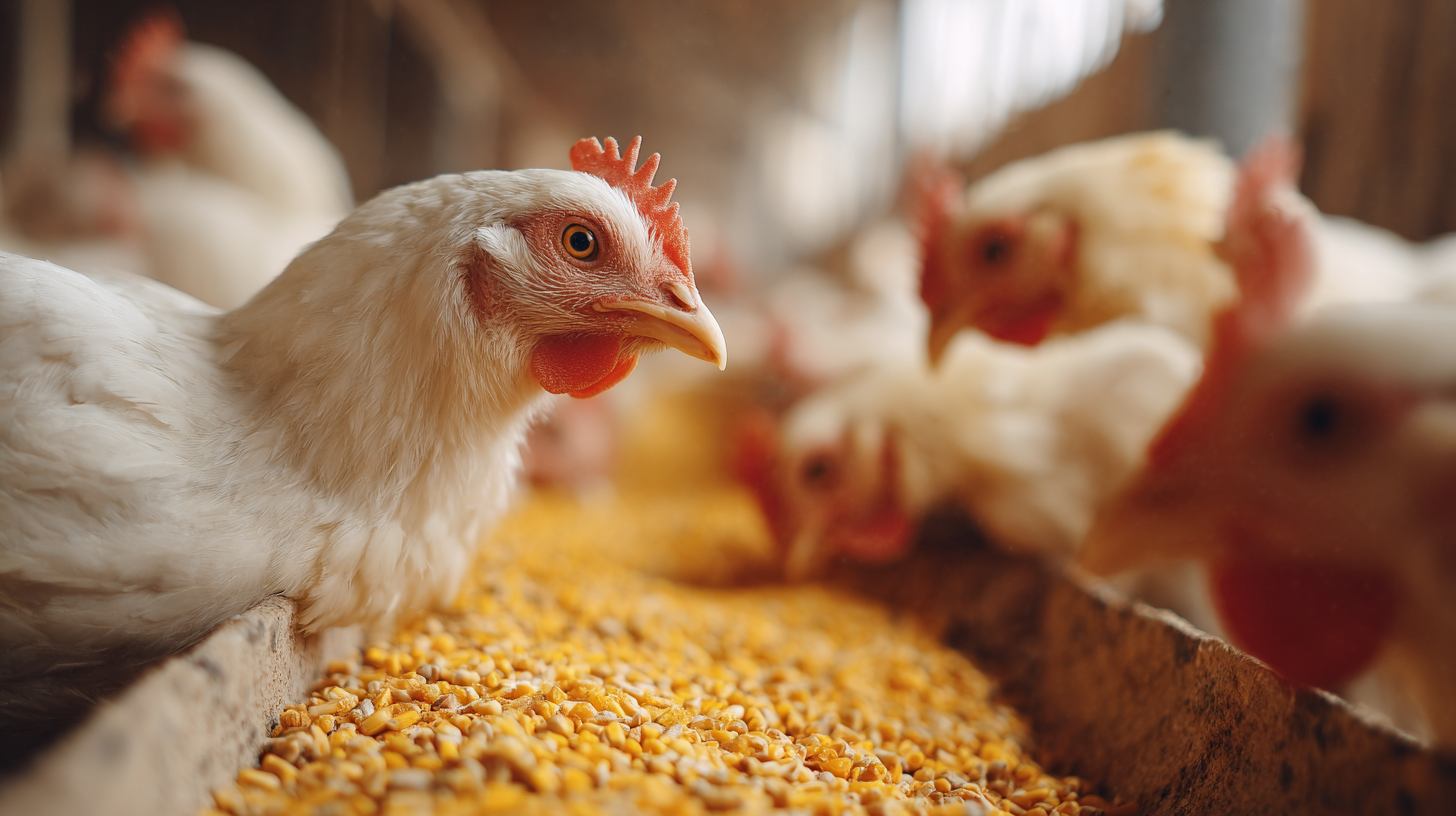
Researching Manufacturers and Their Reputation in the Industry
When selecting a poultry feed machine, one critical aspect is researching manufacturers and their reputation in the industry. A survey conducted by the International Poultry Production Association (IPPA) reveals that around 70% of poultry businesses prioritize manufacturer reliability and service reputation before making significant purchases. This trend highlights the importance of not only evaluating product specifications but also considering the manufacturer’s history and customer testimonials.
Tip: Look for manufacturers who have been in the industry for over a decade, as longevity often indicates stability and experience. Checking third-party reviews or platforms like Trustpilot can provide insights into customer satisfaction and post-purchase support.
Additionally, consider the manufacturer’s commitment to innovation and technology. According to a report by AgFunder Network Partners, companies that invest in R&D significantly improve the efficiency and performance of their machines, which could lead to a 15-20% increase in feed conversion rates. Seek out manufacturers that regularly showcase advancements in their equipment, as this can ensure that your procurement is future-proofed.
Tip: Attend industry trade shows and networking events to meet manufacturers face-to-face. This hands-on approach allows you to ask specific questions regarding their manufacturing processes and gauge their industry presence firsthand.
Reviewing Customer Feedback and Case Studies for Informed Decision-Making
When choosing the right poultry feed machine for your business, leveraging customer feedback and case studies is crucial for informed decision-making. With about 98% of consumers reading reviews prior to a purchase, as emphasized by recent studies, the significance of gathering insights cannot be overstated. This practice not only helps identify the most effective machines but also allows potential buyers to evaluate the experiences of other users who have faced similar challenges within their operations.
Incorporating feedback into your decision-making process can enhance the quality of your investment significantly. By analyzing various customer experiences, you can understand the strengths and weaknesses of different poultry feed machines. Case studies often provide real-life examples of how specific machines improved productivity and efficiency, serving as a reliable barometer for potential buyers. Moreover, adopting an online review management strategy can facilitate the ongoing gathering and assessment of feedback, enabling a continuous improvement loop that drives brand growth and operational effectiveness.
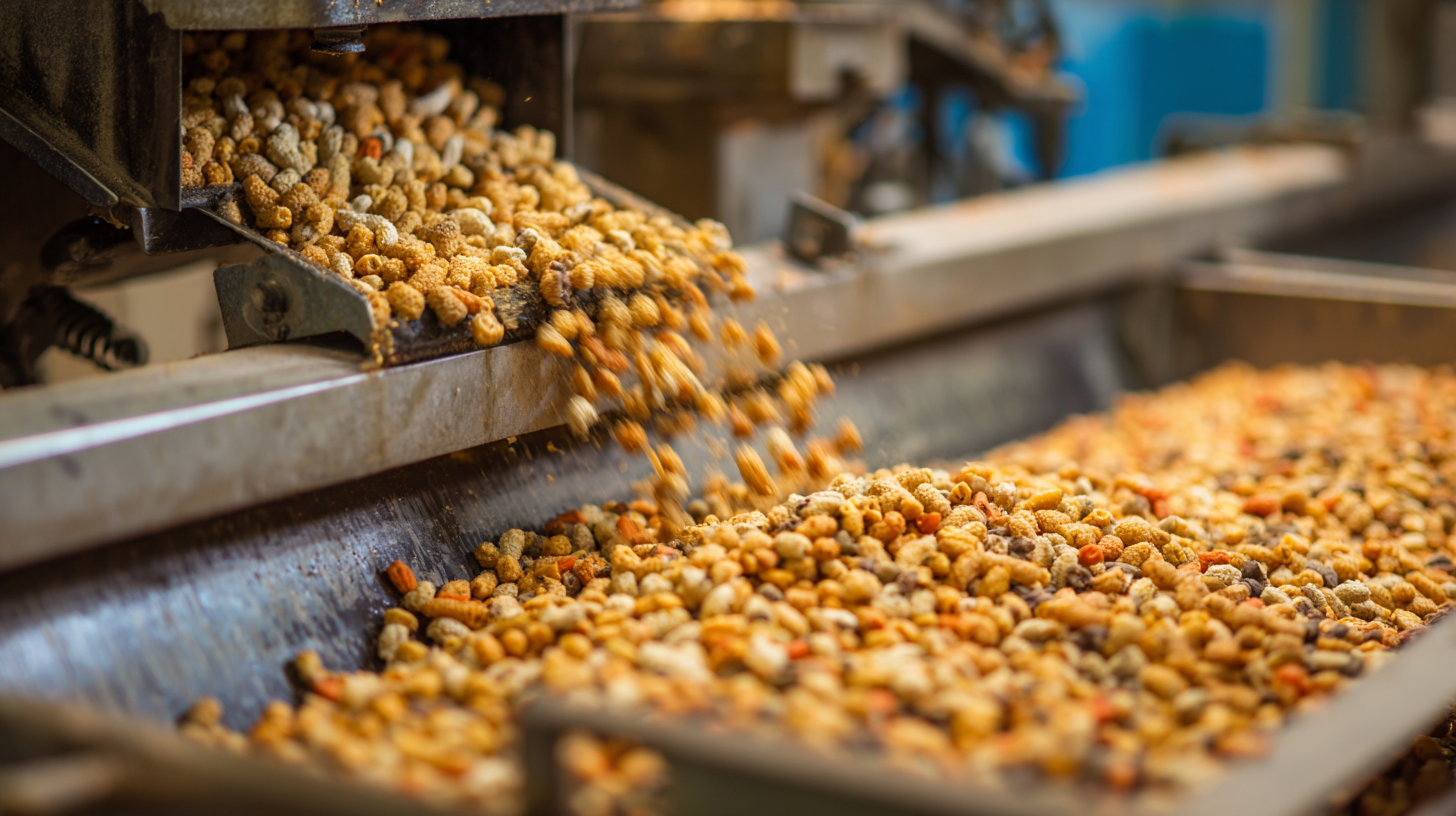
FAQS
: The two main categories of poultry feed machines are batch mixers and continuous mixers.
Batch mixers are ideal for small to medium-sized operations that require flexibility for varied feed recipes and typically handle smaller quantities.
Continuous mixers are designed for large-scale production, allowing for a streamlined process and consistent feed quality.
Pelleting machines compress feed into pellets, making it easier for poultry to consume and digest.
Crumblers break down pellets into smaller pieces, catering to younger birds or those requiring a softer diet.
Budgeting is important as it helps assess financial capacity and project future costs associated with the machinery, ensuring alignment with production needs and financial goals.
Consider long-term operational costs, including maintenance, energy consumption, and potential upgrades.
Compare different models and brands, read reviews, and seek recommendations from other poultry business owners to find machines that offer cost-effectiveness without compromising quality.
A more expensive machine may offer greater efficiency and lower operational costs over time, making it a better investment overall.
Conclusion
Choosing the right Poultry Feed Machine is essential for optimizing your feed production process and ensuring the success of your business. Start by understanding your specific production needs, including the types and volumes of feed you require. This knowledge will help you identify the various types of poultry feed machines available on the market. Next, evaluate the machine specifications—capacity, efficiency, and durability—to ensure they align with your operational goals.
Budget considerations are crucial as well; assess the cost-effectiveness of each option to determine the best investment for your business. Additionally, researching reputable manufacturers, like Shanghai Zhengyi Machinery Engineering Technology Manufacturing Co., Ltd., known for their expertise in feed processing machinery, will help you make an informed choice. Finally, reviewing customer feedback and case studies can provide valuable insights that enhance your decision-making process and ensure you select the most suitable poultry feed machine for your needs.
Related Posts
-

Revolutionizing Global Feed Production: China's Best Poultry Mash Feed Machine Leading the Charge
-

Unlocking Efficiency in Livestock Management with the Ultimate Feed Mixer Machine
-
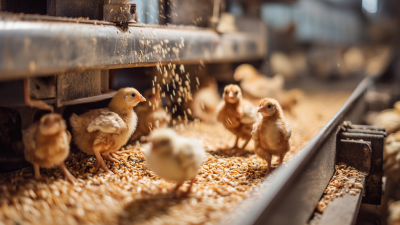
Innovative Examples of Poultry Feed Making Machine in Modern Farming
-
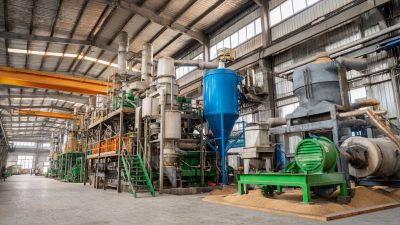
Challenges Facing Global Buyers: Understanding Issues with Feed Pellet Manufacturing Machines
-

Global Excellence in Pellet Mill Parts from China's Leading Factory
-
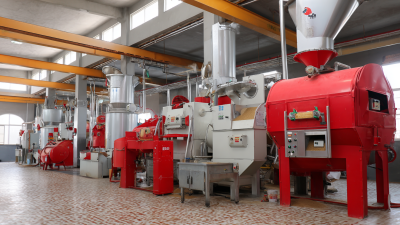
How to Optimize Your Poultry Feed Milling Machine for Maximum Efficiency and Output
Blog Tags:

